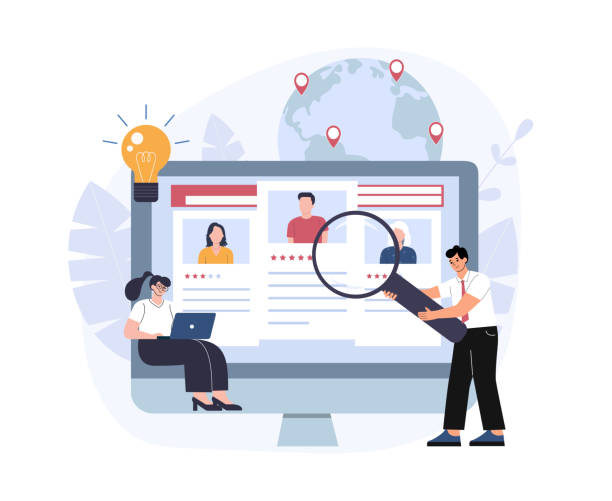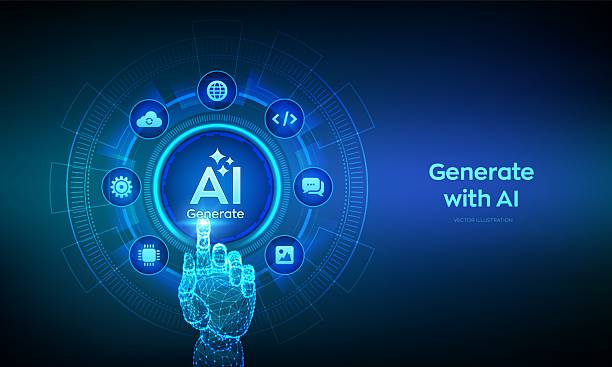Introduction to On-Page SEO and Its Critical Importance
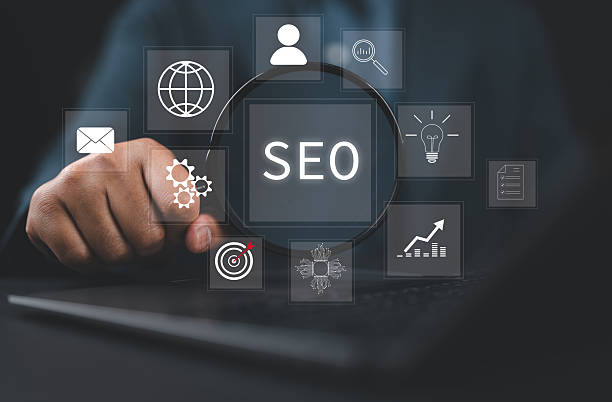
On-page SEO, sometimes also called on-site optimization, refers to a set of actions performed within your website to improve its ranking in search engine results.
These actions include optimizing content, site structure, and HTML code.
Unlike off-page SEO which focuses on backlinks and off-site signals, #On_Page_SEO is entirely under your control and therefore has #great_importance in the overall digital marketing strategy.
The importance of on-page SEO stems from the fact that search engines like Google, first and foremost, examine your site’s internal structure and content to better understand its topic and credibility.
Strong on-page SEO helps Google correctly index your pages and show them to relevant users.
This introductory guide is a foundation for a deeper understanding of other aspects of on-page SEO and demonstrates why this part of SEO is the backbone of your successful online presence.
Without internal optimization, even with numerous backlinks, your site may not be able to fully realize its potential in attracting organic traffic.
This comprehensive explanation is the first step on the path to optimizing your website for search engines.
Does your current corporate website present a worthy image of your brand and attract new customers?
If not, turn this challenge into an opportunity with Rasaweb’s professional corporate website design services.
✅ Significantly improves your brand’s credibility and image.
✅ Paves the way for attracting new leads and customers for you.
⚡ For a free and expert consultation, contact Rasaweb now!
Keywords and Their Pivotal Role in On-Page SEO
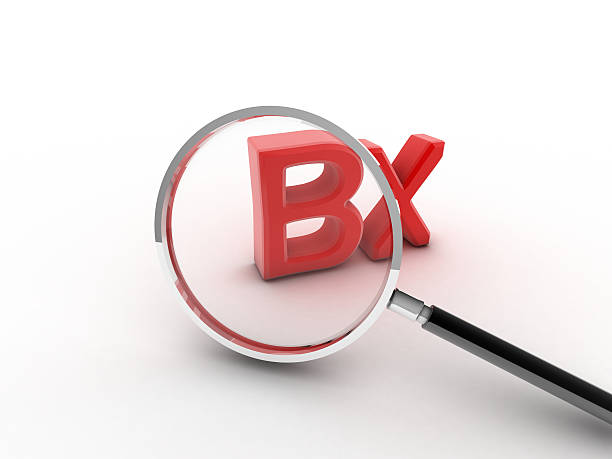
On-page SEO is meaningless without a powerful keyword strategy.
Finding the right keywords and using them optimally is the core of any successful optimization.
Keywords are phrases that users enter into search engines to find information, products, or services.
A specialized keyword research includes identifying keywords with high search volume and reasonable competition, as well as understanding the user’s search intent.
This step helps you produce content that precisely addresses the needs of your target audience.
Using primary keywords in the page title (Title Tag), meta description (Meta Description), H1 to H6 tags, and in the main body of the content naturally and without overuse, is essential for on-page SEO.
Keyword density is also important; not so much that it leads to a Google penalty (keyword stuffing) and not so little that search engines cannot understand the main topic of the page.
In addition to primary keywords, using LSI (Latent Semantic Indexing) keywords or related and synonymous words also helps search engines better understand your content and increases the semantic richness of the text.
This comprehensive guide shows the correct path for selecting and employing keywords for maximum effectiveness in on-page SEO.
Content Optimization for Improved On-Page SEO
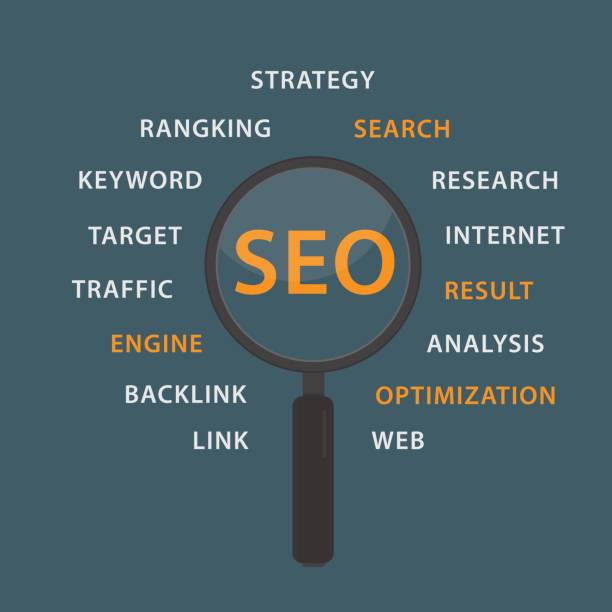
Content is king, and optimizing it for on-page SEO is one of the most important factors.
Quality content not only attracts users but also helps search engines better understand the value and topic of your page.
Attractive titles and H1 to H6 tags with relevant keywords help structure content and improve its readability.
Meta descriptions should be concise, useful, and compelling, encouraging users to click.
Images must also be optimized: using an Alt tag consistent with the content, compressing for reduced size, and choosing the appropriate format, all contribute to faster site loading and better image understanding by search engines.
The specialized importance of content in attracting an audience and improving ranking is undeniable.
Additionally, internal links that point to other relevant pages on your website help distribute PageRank within the site and improve its overall structure.
This is a practical tutorial for increasing the effectiveness of your content in line with on-page SEO goals.
Ensure your content is fresh, unique, and useful, as Google is highly sensitive to duplicate and low-value content.
The table below summarizes key content optimizations:
| Element | Importance for On-Page SEO | Optimization Tips |
|---|---|---|
| Title Tag | First thing user and search engine sees, direct impact on CTR and ranking. | Includes main keyword, concise and attractive, approx. 50-60 characters. |
| Meta Description | Indirect impact on ranking (via CTR), persuasive to users. | Includes keyword, call to action, approx. 150-160 characters. |
| Heading Tags (H1-H6) | Content structuring, improved readability, emphasis on keywords. | Logical and hierarchical use, includes keywords. |
| Image Alt Text | Helps search engines understand image content, improves accessibility. | Descriptive of the image, includes relevant keyword. |
| Internal Links | PageRank distribution, improved site navigation, reduced bounce rate. | Use descriptive, relevant, and natural anchor texts. |
Site Structure and Internal Linking; The Foundation of On-Page SEO

The structure of a website plays a vital role in on-page SEO.
A well-organized and logical structure helps search engines crawl and index your site’s pages more effectively.
A clear hierarchy within the site, such as a “Silo Structure” which organizes related content into specific categories, not only improves user experience but also helps search engines understand the thematic connection between different pages.
Internal linking is the process by which different pages of your website are linked to each other.
These links play an important role in distributing SEO authority and “power” (PageRank) throughout the site.
Using relevant and natural anchor texts for internal links signals to search engines what the destination page is about.
For example, if in an article about “gaming laptops” you link to an article about “best graphics cards for gaming”, this internal link will be beneficial for both pages.
Additionally, the use of breadcrumbs in site navigation helps users and search engines understand their current location within the site’s structure.
This guide emphasizes the importance of a strong structure and intelligent internal linking in your on-page SEO strategy, which ultimately leads to increased visibility of your site in search results.
Are you dissatisfied with the low sales of your e-commerce website?
Rasaweb is your solution for having a professional and high-selling e-commerce website.
✅ Significant increase in sales and revenue
✅ Easy and enjoyable shopping experience for customers
⚡ Get a free consultation from Rasaweb now!
Site Speed and User Experience (UX); Key Factors in On-Page SEO

In today’s world where users have high expectations for website speed and performance, on-page SEO is no longer limited to keywords and meta tags.
Site loading speed and user experience (UX) have become very important factors in Google’s ranking.
Google, with the introduction of Core Web Vitals, has provided specific metrics for measuring user experience, which include LCP (Largest Contentful Paint), FID (First Input Delay), and CLS (Cumulative Layout Shift).
Optimizing these metrics means providing a smooth and fast user experience that directly affects your on-page SEO.
A slow-loading site can lead to an increased bounce rate and decreased user time on page, both of which are negative signals for search engines.
Optimizing images, using caching, compressing code (CSS, JavaScript, HTML), and choosing suitable hosting all contribute to improving site speed.
In addition to speed, responsive design and mobile compatibility are also of high importance, as most users today access the internet via mobile devices.
This precise analysis shows how attention to technical details and user experience can significantly improve your site’s ranking and be an inseparable part of your on-page SEO strategy.
The Role of Schema Markup in Advanced On-Page SEO

Schema Markup is a powerful tool for enhancing on-page SEO and helping search engines gain a deeper understanding of your content.
Schema.org is an international collaboration of major search engines (Google, Bing, Yahoo, and Yandex) that provides a collection of standard vocabularies for structured data.
By using Schema, you can mark up specific information about your content (such as a product name, a review rating, or the time of an event) in a way that search engines can easily identify and interpret.
This leads to the display of Rich Snippets in search results, which can significantly increase your click-through rate (CTR).
For example, if you have an e-commerce site, you can use Schema to display product prices, availability, and ratings in search results.
This type of specialization in display not only makes your site stand out but also gives users more information before entering the site.
Implementing Schema requires technical knowledge, but various tools are available to help generate Schema codes.
This guide shows how Schema Markup can take your on-page SEO to the next level and optimize your site for more complex searches and even voice search.
Reviewing and Analyzing On-Page SEO Performance; An Essential Step for Continuous Improvement

After implementing on-page SEO strategies, the next and crucial step is performance analysis and continuous monitoring.
Without reviewing data, you cannot understand what works and what needs improvement.
Tools like Google Search Console and Google Analytics are valuable resources for this purpose.
Google Search Console provides information about your site’s performance in search, crawl issues, indexing, backlinks, and even site speed.
Google Analytics displays user behavior data such as incoming traffic, bounce rate, time on page, and user navigation paths on the site.
By analyzing this data, you can identify low-performing pages and optimize them.
You can also discover new keywords and adjust your content strategy based on real user needs.
This continuous analysis helps you always stay one step ahead and adapt your on-page SEO strategy to changes in Google’s algorithms and user behavior.
The table below shows some key metrics for evaluating on-page SEO performance:
| Metric | Importance | How to Measure (Tool) |
|---|---|---|
| Keyword Ranking | Indicates site’s position for target keywords. | Google Search Console, Rank Tracking Tools (SERP Tracker). |
| Organic Traffic | Number of visitors entering the site through organic search. | Google Analytics. |
| Click-Through Rate (CTR) | Percentage of users who click on a link after seeing it in SERP. | Google Search Console. |
| Bounce Rate | Percentage of users who leave the site after visiting one page. | Google Analytics. |
| Time on Page | Average time users spend on a page. | Google Analytics. |
| Indexing Issues | Errors that prevent pages from being indexed by Google. | Google Search Console. |
Google Algorithm Updates and Their Impact on On-Page SEO
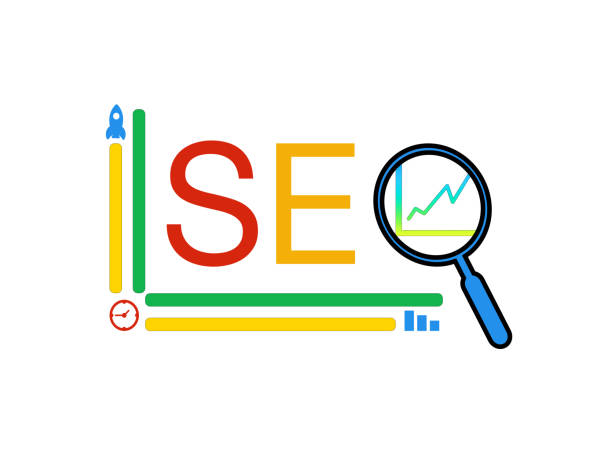
The world of on-page SEO is constantly changing, and Google regularly updates its algorithms to make search results more accurate and useful.
These updates, sometimes large and broad (like Core Updates) and sometimes smaller and more specialized, can significantly impact website rankings.
Staying informed about the latest news and algorithm changes is vital for maintaining and improving your on-page SEO ranking.
For example, Google’s recent emphasis on Core Web Vitals demonstrates the increasing importance of site speed and user experience.
Or, the focus on content quality and depth has highlighted the need for producing specialized and comprehensive content more than ever.
Analyzing updates helps you understand which aspects of your on-page SEO might be affected and what changes need to be made.
For instance, if Google is looking for content with a specific “search intent,” you should optimize your content to address that specific intent.
This analysis of algorithm impacts allows you to adapt your on-page SEO strategies and prevent ranking drops.
Do you have an e-commerce site, but your sales aren’t as you expect? Rasaweb solves your problem forever by designing professional e-commerce websites!
✅ Significant increase in conversion rate and sales
✅ Unrivaled user experience for your customers
⚡ Click now for a free consultation with Rasaweb!
Common On-Page SEO Mistakes and How to Avoid Them
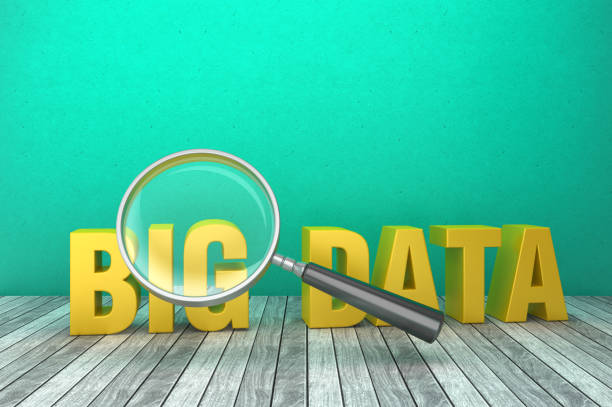
Even with the best intentions, mistakes can occur in implementing on-page SEO that harm your site’s ranking instead of improving it.
Recognizing these common mistakes is the first step to avoiding them.
One of the most common mistakes is producing duplicate content.
Identical or very similar content on multiple URLs can confuse search engines and lead to site penalties.
Another is keyword stuffing, which is not only unpleasant for users but also identified and penalized by Google.
Ignoring site speed, not optimizing images, disorganized internal linking structure, and not using appropriate title tags and meta descriptions are also common errors.
Some of these mistakes happen due to a lack of sufficient knowledge, and others due to attempts to deceive search engines, which ultimately backfire.
This thought-provoking content helps you take a critical look at yourself and your strategies.
In fact, the best approach for on-page SEO is to focus on providing real value to users while also helping search engines understand that value.
Avoiding these mistakes ensures that your SEO efforts are on the right track.
Advanced Strategies and the Future of On-Page SEO
![]()
With technological advancements and changing user behavior, on-page SEO is also evolving.
Beyond the basics, there are advanced strategies that can help you gain a competitive edge.
Using Artificial Intelligence (AI) and machine learning for content generation, data analysis, and personalization of user experience are among these.
Optimizing for voice search, which has gained more importance with the increasing use of voice assistants like Google Assistant and Siri, requires focusing on long-tail and conversational keywords.
Video content has also become increasingly important, and optimizing it (such as using Schema for videos and transcripts) is a crucial part of advanced on-page SEO.
Creating engaging content that keeps users on the site longer sends positive signals to Google.
Furthermore, continuous optimization for Core Web Vitals and tracking the latest changes in Google’s user experience measurement are other specialized dimensions of on-page SEO in the future.
By focusing on these strategies, you can ensure that your site is optimized not only for the present but also for the future of search, offering a comprehensive guide for moving forward.
Frequently Asked Questions
| Question | Answer |
|---|---|
| What is a Meta Title and why is it important in On-Page SEO? | The meta title is the most important on-page SEO element displayed at the top of the browser tab and in search results. It helps search engines and users understand the main topic of the page and should include the main keyword. |
| What role does Meta Description play in On-Page SEO? | The meta description is a short summary of the page content displayed in search results below the title. Although it does not directly affect ranking, its attractiveness can increase the click-through rate (CTR). |
| How should keywords be used in page content? | Keywords should be used naturally and relevantly in strategic locations such as the title, headings, first paragraph, and body of the text. Avoid excessive keyword stuffing. |
| What is the importance of quality and comprehensive content in On-Page SEO? | High-quality, unique, informative, and comprehensive content that addresses user needs is of high importance. Search engines give higher rankings to content that creates real value. |
| What is the purpose of heading tags (H1-H6) in On-Page SEO structure? | Heading tags (H1, H2, H3, etc.) are used to structure content and indicate the importance of different sections. H1 is the main title of the page, and each page should only have one H1. Other tags are used for subheadings. |
| How to optimize images to improve On-Page SEO? | To optimize images, use descriptive Alt Text that includes relevant keywords, reduce the image file size without compromising quality, and use meaningful and relevant file names. |
| What are the characteristics of an SEO-friendly URL? | An SEO-friendly URL should be short, readable, descriptive, include main keywords, and be free of unnecessary characters. The URL structure should be hierarchical and logical to be understandable for both users and search engines. |
| How does Internal Linking help On-Page SEO? | Internal linking, by connecting related pages to each other, helps users and search engine crawlers better understand the site structure, transfer page authority, and increase user time on the site. |
| What is the impact of page loading speed on On-Page SEO? | High loading speed is crucial for both user experience and SEO ranking. Slower pages may be overlooked by search engines and lead to an increased Bounce Rate. |
| Why is Mobile-Friendliness highly important in On-Page SEO? | Due to the increasing number of searches via mobile devices, having a responsive and mobile-friendly site is essential for user experience and ranking in search results (Google’s mobile-first indexing). |
And other advertising services of Rasa Web Advertising Agency
Intelligent Conversion Rate Optimization: A professional solution for user engagement focusing on marketing automation.
Intelligent Custom Software: A combination of creativity and technology to increase click-through rates by using real data.
Intelligent Google Ads: Transform online growth with the help of an SEO-driven content strategy.
Intelligent UI/UX: A professional solution for user engagement focusing on optimizing key pages.
Intelligent UI/UX: A fast and efficient solution for improving SEO ranking with a focus on marketing automation.
And over hundreds of other services in the field of internet advertising, advertising consultation, and organizational solutions
Internet Advertising | Advertising Strategy | Advertorial
Resources
Comprehensive On-Page SEO Guide
What is On-Page SEO? + Complete Tutorial
What is On-Page SEO? And Complete On-Page SEO Tutorial
? Are you ready for your business to shine in the digital world? Rasaweb Afarin Digital Marketing Agency offers comprehensive solutions, from fast website design and professional services to SEO and content marketing, to help you achieve your goals. Experience a powerful and impactful online presence with us.
📍 Tehran, Mirdamad Street, next to Bank Markazi, Kazeroon Jonoubi Alley, Ramin Alley, No. 6

